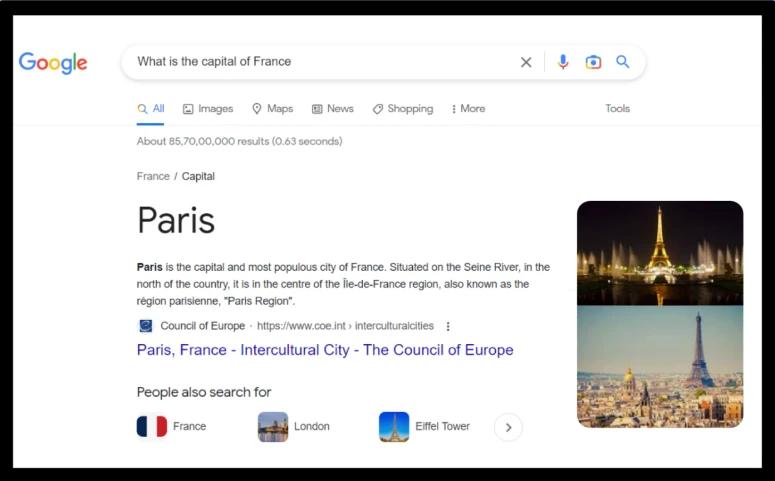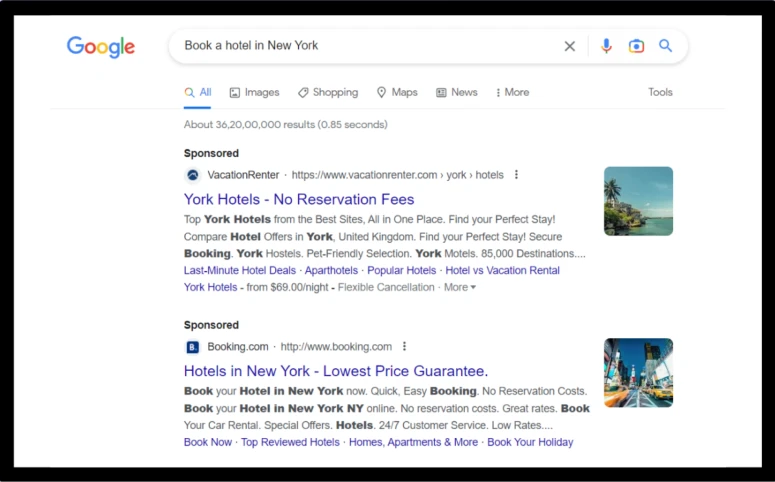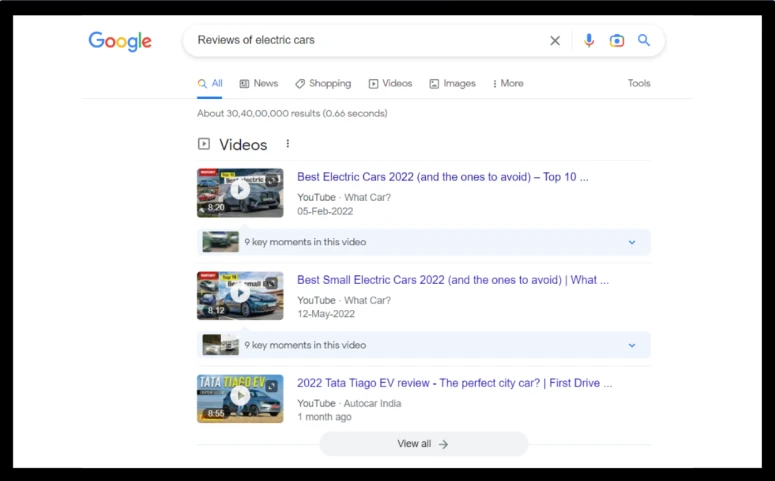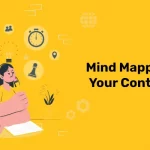
As a digital marketer or content creator, you know that creating valuable and engaging content is the new-age key to attracting and retaining visitors to your website. But have you ever given thought to how your audience finds your content in the first place?
Enter the concept of “search intent.”
User intent refers to the reason why a person conducts a search query. It’s the motivation behind the search and it helps to understand the user needs. Search intent, on the other hand, is the goal that the search engine has for the user in mind when displaying the results.
By understanding the intersection of user intent and search intent, you can create content that not only satisfies the motive of your audience but also ranks well in search engines. In this blog, we’ll dive deeper into the concept of user and search intent and show you how to use it to create helpful and SEO-friendly content that will drive traffic and engagement to your website.
So, get ready to unlock the full potential of your content creation efforts!
What is Search Intent?
Search intent, also known as user intent or customer intent, is the underlying reason why users turn to search engines and enter specific queries. It reflects the objective or goal that the user wants to achieve through their search.
As per marketers and SEO experts, you need to get your hands on every stage of the buyer’s journey in which the users are when they type a particular phrase and subsequently identify which content or landing page should be targeted for that phrase.
Search intent is the essential foundation of a well-optimized landing page and should be the primary focus when producing content for the website. With the increasing use of mobile search, it’s crucial to keep in mind that users now have access to search engines at all times, making it even more critical to understand their intent.
What are The Types of Search Intent You Need to Keep in Mind?
Navigational intent: Users with navigational intent are looking for a specific website or webpage. Examples of navigational search queries include “Facebook login” or “Amazon homepage.”

Informational intent: Users with informational intent are looking for information on a specific topic. These queries are often in the form of questions, such as “how to make a cake” or “what is the capital of France.”

Transactional intent: Users with transactional intent are looking to complete a specific action, such as making a purchase or booking a reservation. Examples of transactional search queries include “buy Nike shoes” or “book a hotel in New York.”

Commercial Investigation: Users with commercial investigation intent are researching a product or service with the intent to purchase. These queries include “best camera for photography” or “reviews of electric cars”.

By identifying the type of search intent behind a user’s query, you can create content that matches their expectations, making it more likely to rank well in search results. Understanding search intent also allows you to tailor the user’s experience on your website, making it more likely to convert them into a client.
How can You Make Sure Your Content Aligns with the Search Intent?
Your content should align with the search intent by taking a user-centric approach. Try to put yourself in the user’s shoes and think about what they might search for in order to land on your blog article or the product page.
Then, type that phrase into a search engine (preferably in Incognito or private browsing mode to avoid personalization) and analyze the search engine results page (SERP). This will give you an idea of what Google believes the user may want to see.
You can also use a SERP analysis to identify the types of content ranking well for a particular query. Are there content aggregators? Transactional sites? Or a mix of both?
This information can help you understand what Google is rewarding in the top positions and what it believes to be the user’s intent behind the query.
SERP analysis can also be used as a competitive research tool to identify the phrases that your competitors are using and determine whether you can compete for those phrases based on intent.
By understanding what is working well for others in your industry, you can create content that aligns with the search intent and increases your chances of ranking well in search results.
How can You Create a Content Strategy for Search Intent?
Creating a content strategy that aligns with search intent is essential for driving relevant traffic to your website. To ensure that your content matches the user’s intent, you should conduct keyword and competitive research before crafting your content.
By understanding the phrases your competitors are using, you can determine if your website has a chance of ranking on the first page of search engine results. Additionally, identifying semantically related keywords can help search engines better understand the topic of your content and allow users to search for similar topics to find your website.
One effective strategy for aligning content with search intent is the hub and spoke model, where transactional keywords are targeted on the hub pages and informational keywords on the spoke pages. Keyword research is the foundation of any content strategy and should be given careful consideration when understanding search intent. It’s crucial to take a user-centric approach and continuously analyze what is already appearing on search engines to understand the type of content you need to create for your website.
Let’s Conclude
In conclusion, understanding search intent is crucial for any marketer or SEO professional looking to optimize their website and drive qualified traffic. By understanding what a user is looking for when they type in a specific phrase, we can ensure that our content aligns with their needs and goals. Competitive research, keyword research, and a visual strategy are all important tools to help us better understand search intent and create a content strategy that drives results. Remember, content might be the king, but it’s the user who holds the throne.
So, let’s make sure our content is fit for a king (or queen) by understanding and catering to their search intent.
Divanshu
Posted on March 18, 2023
Divanshu is an engineer turned marketer. As SEO Manager, he is responsible for implementing strategies that help Scrapingdog to increase brand awareness, generate leads and acquire new customers. When he isn't working you'll find Divanshu reading, watching thriller shows, or playing online games.




